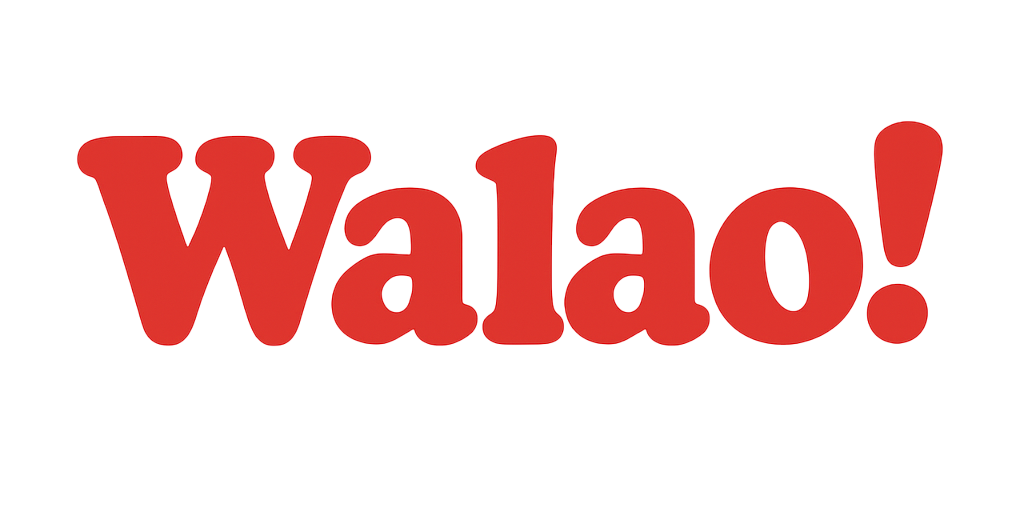The Singapore human milk bank is making headlines for its vital role in providing donor breast milk, often referred to as “liquid gold,” to premature infants in need. This initiative not only supports the nutritional requirements of these vulnerable babies but also serves as a poignant reminder of the emotional and healing aspects associated with milk donation, particularly for bereaved mothers.
Donor human milk is crucial for premature infants, who often cannot be breastfed directly. The Singapore human milk bank ensures that these infants receive the necessary nutrients to thrive, which can significantly improve their health outcomes. The bank has become a lifeline for many families, offering hope during challenging times. As one of the few human milk banks in the region, it plays a pivotal role in the healthcare landscape, addressing both nutritional needs and emotional support for families.
For many bereaved mothers, donating breast milk can be a therapeutic process. It allows them to channel their grief into a positive action, providing nourishment to other infants while finding solace in the act of giving. This dual benefit highlights the emotional healing potential of milk donation, as mothers find purpose in contributing to the survival of others, transforming their loss into a legacy of life. This aspect of human milk banking underscores the importance of community and support during times of personal tragedy.
The Covid-19 pandemic brought unprecedented challenges to human milk banks worldwide, including Singapore. While initial concerns about donor milk shortages loomed, the pandemic surprisingly resulted in a surge of milk donations. Many parents, working from home and with fewer childcare obligations, found themselves with surplus milk to share. However, the pandemic also introduced operational challenges, including increased sanitation costs and staffing changes, which highlighted the need for systemic support.
To ensure the sustainability and accessibility of human milk banks, experts recommend integrating these services into public health systems and advocating for insurance coverage for donor milk. Such policy reforms would bolster the resilience of milk banks, allowing them to better serve families in crisis and expand access to this critical resource.
In conclusion, the Singapore human milk bank exemplifies the multifaceted value of human milk banking in supporting neonatal health and addressing maternal grief. As it continues to provide this essential service, the bank not only nourishes premature infants but also fosters a sense of community and healing among mothers, reinforcing the profound impact of this initiative on the lives of families across Singapore.





